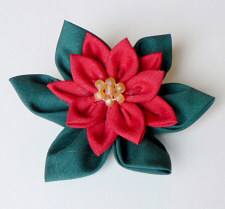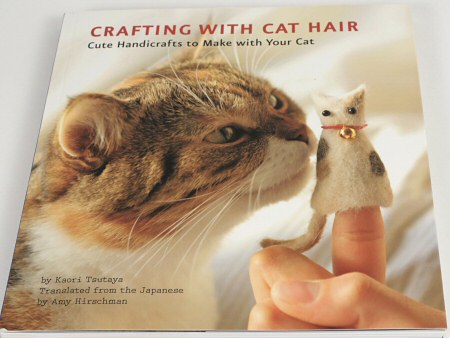
On Saturday, I attended a block printing workshop, taught by Jesse Breytenbach, a Cape Town-based illustrator and printmaker. Jesse has a Masters in printmaking and many years’ experience of relief printing, producing beautiful textiles like these: The last time I tried printmaking was ‘carving’ into styrofoam with a pencil in primary school(!), but I love learning […]





















